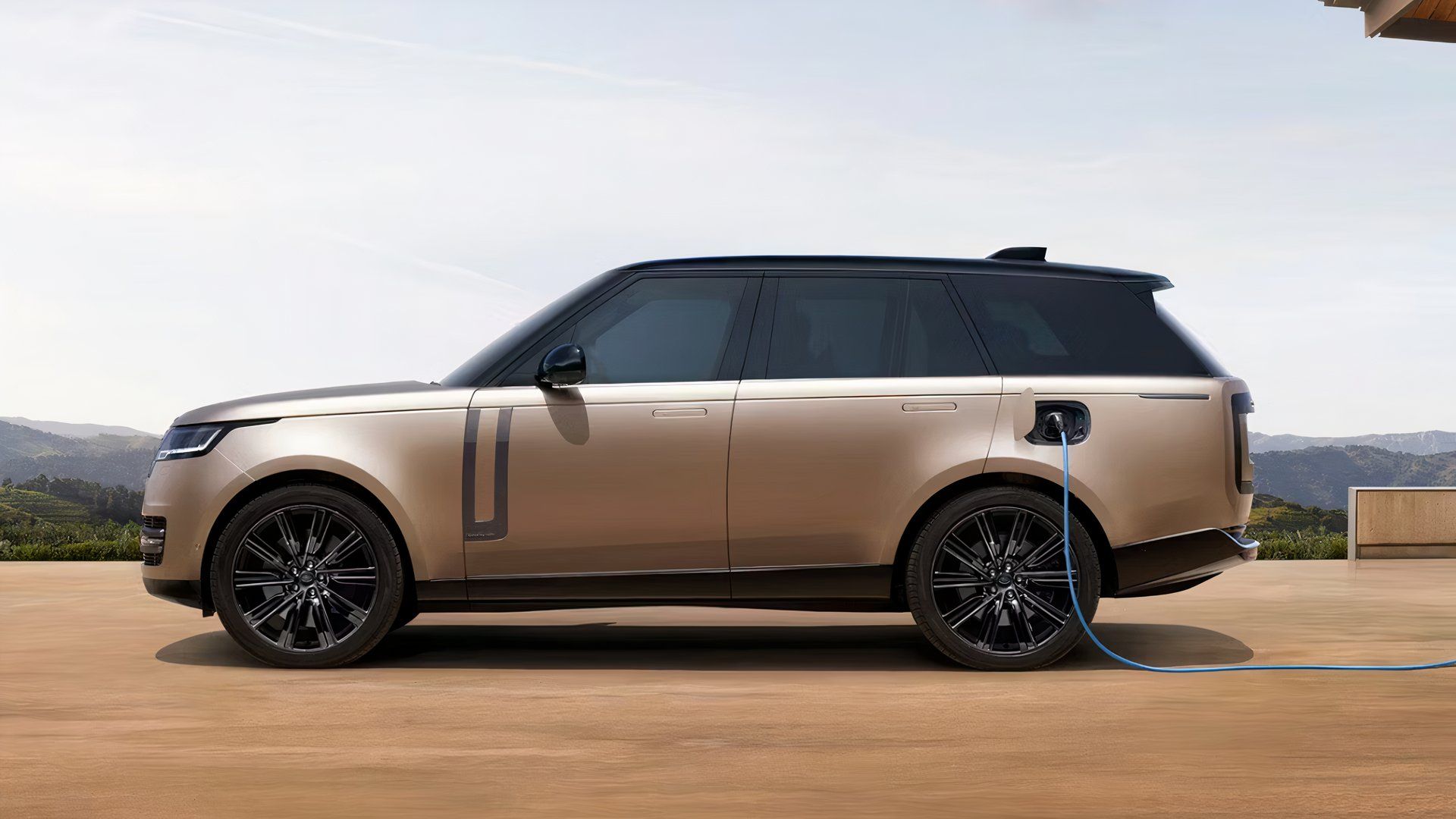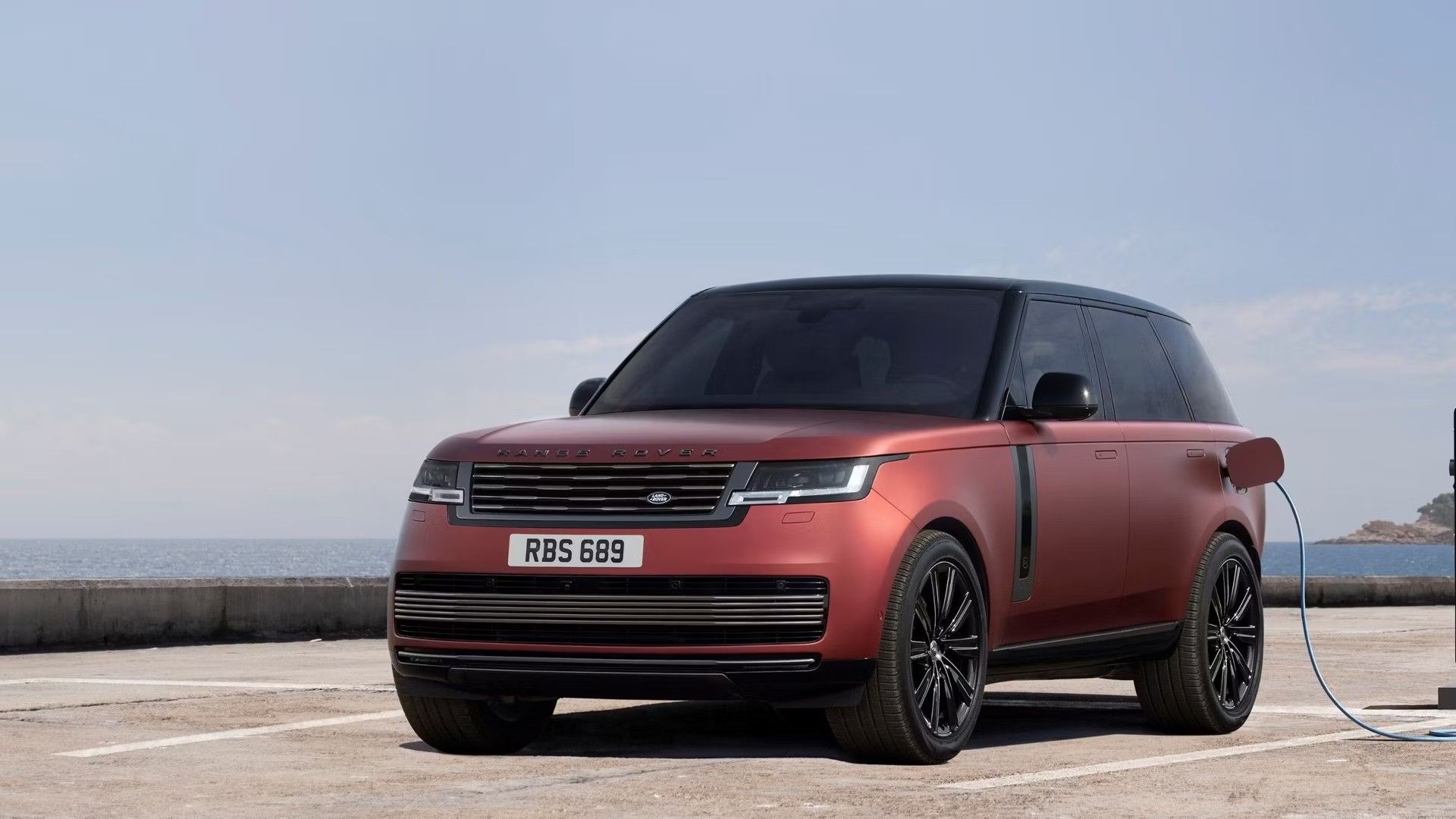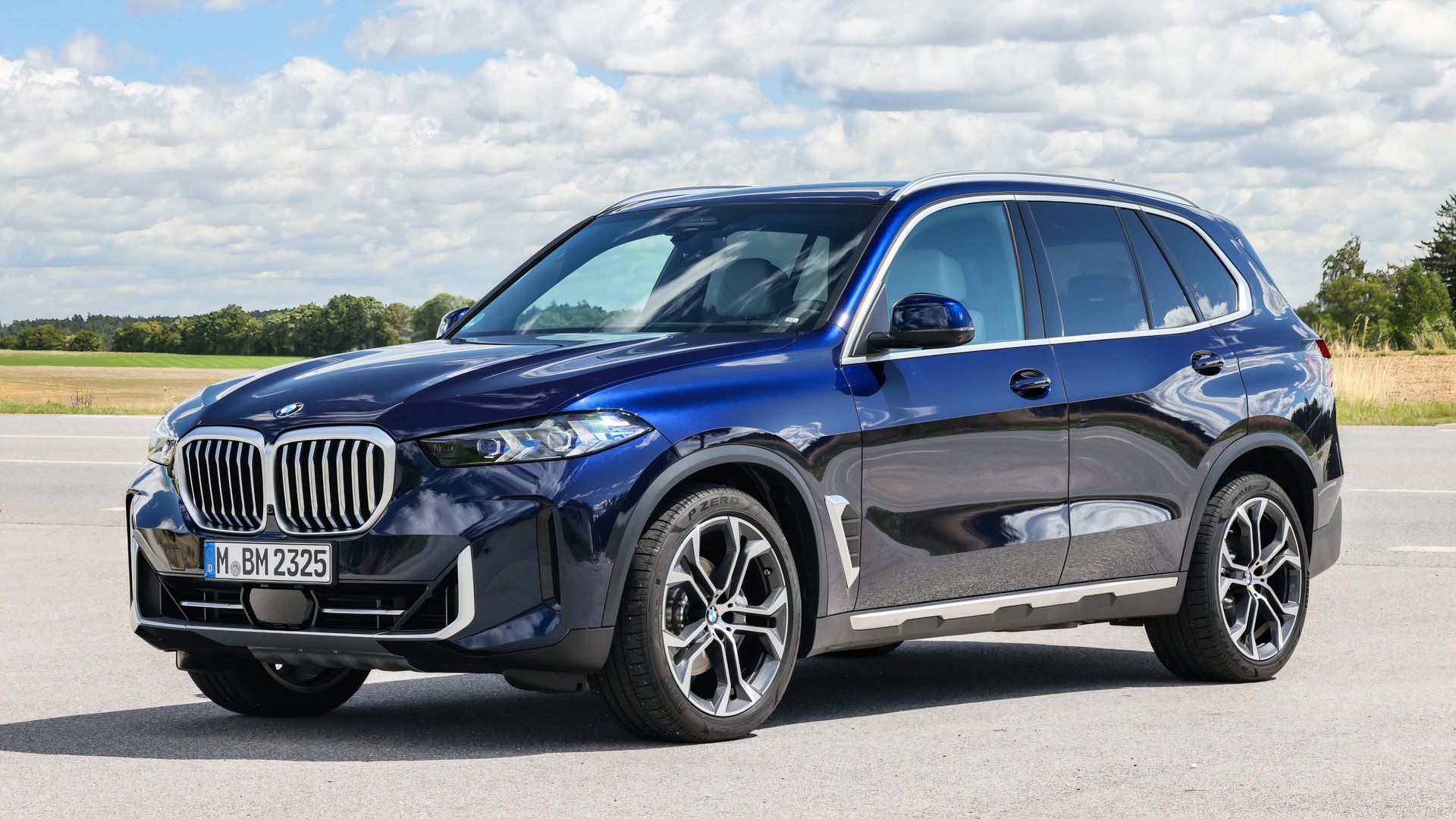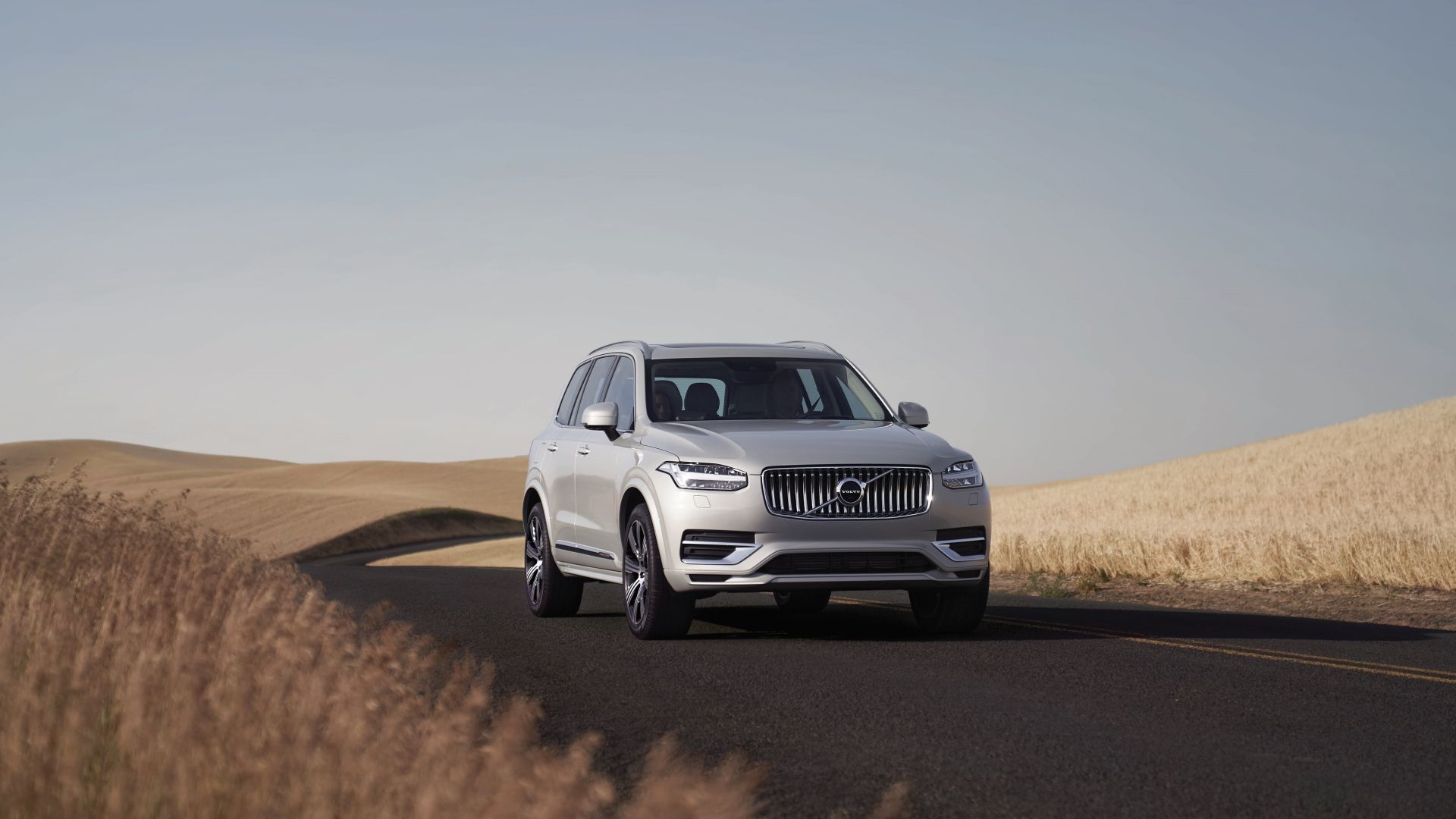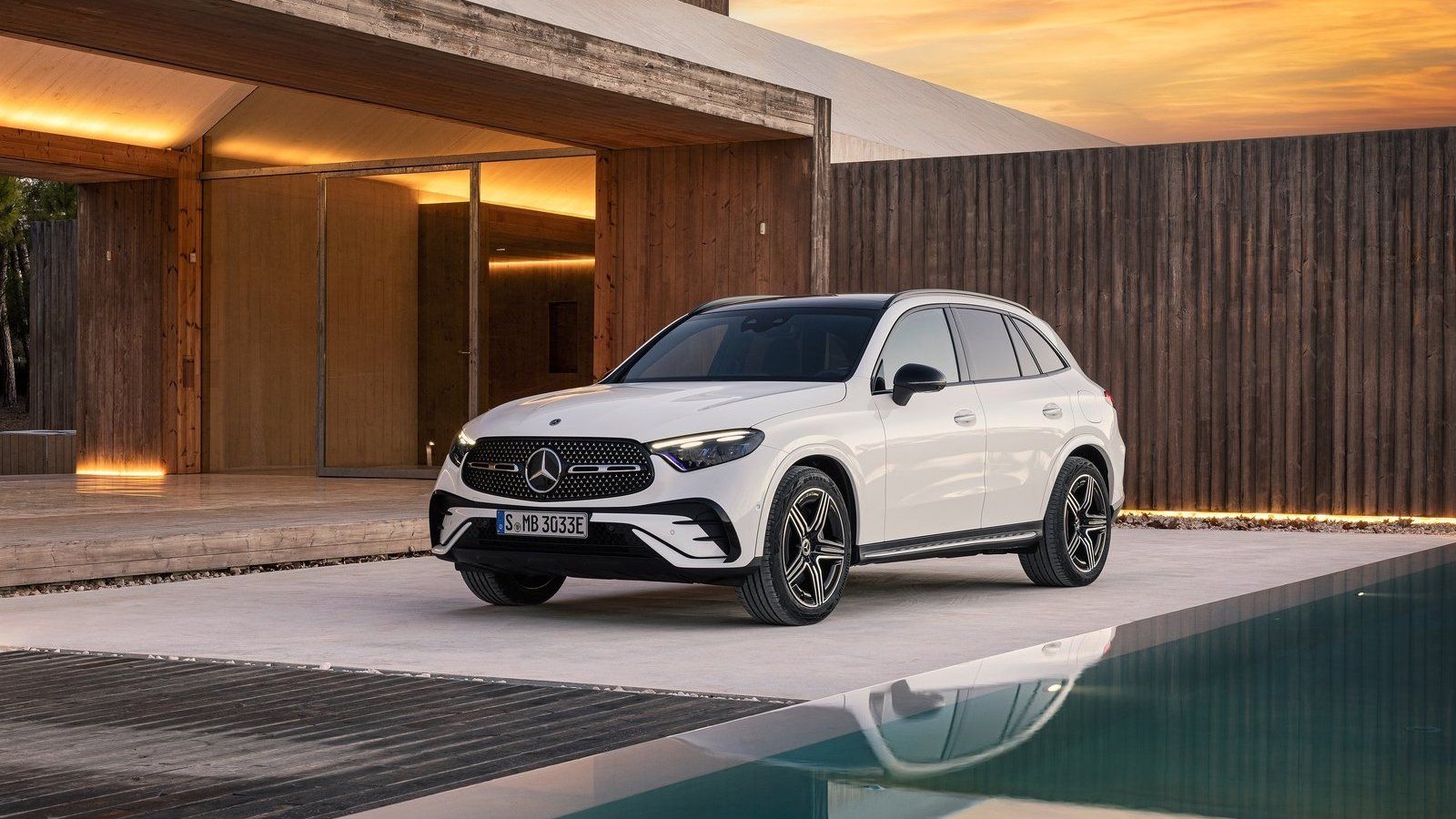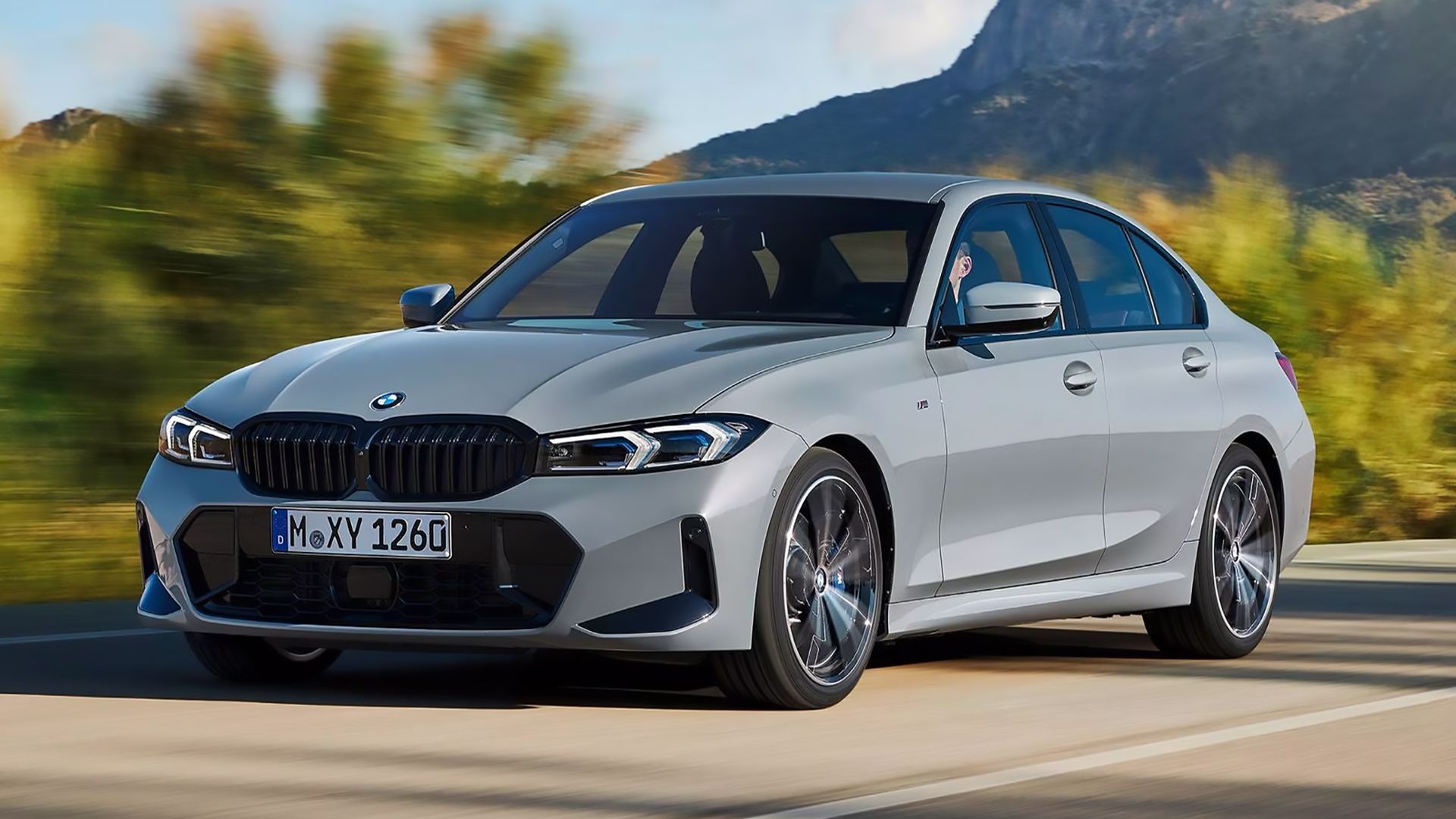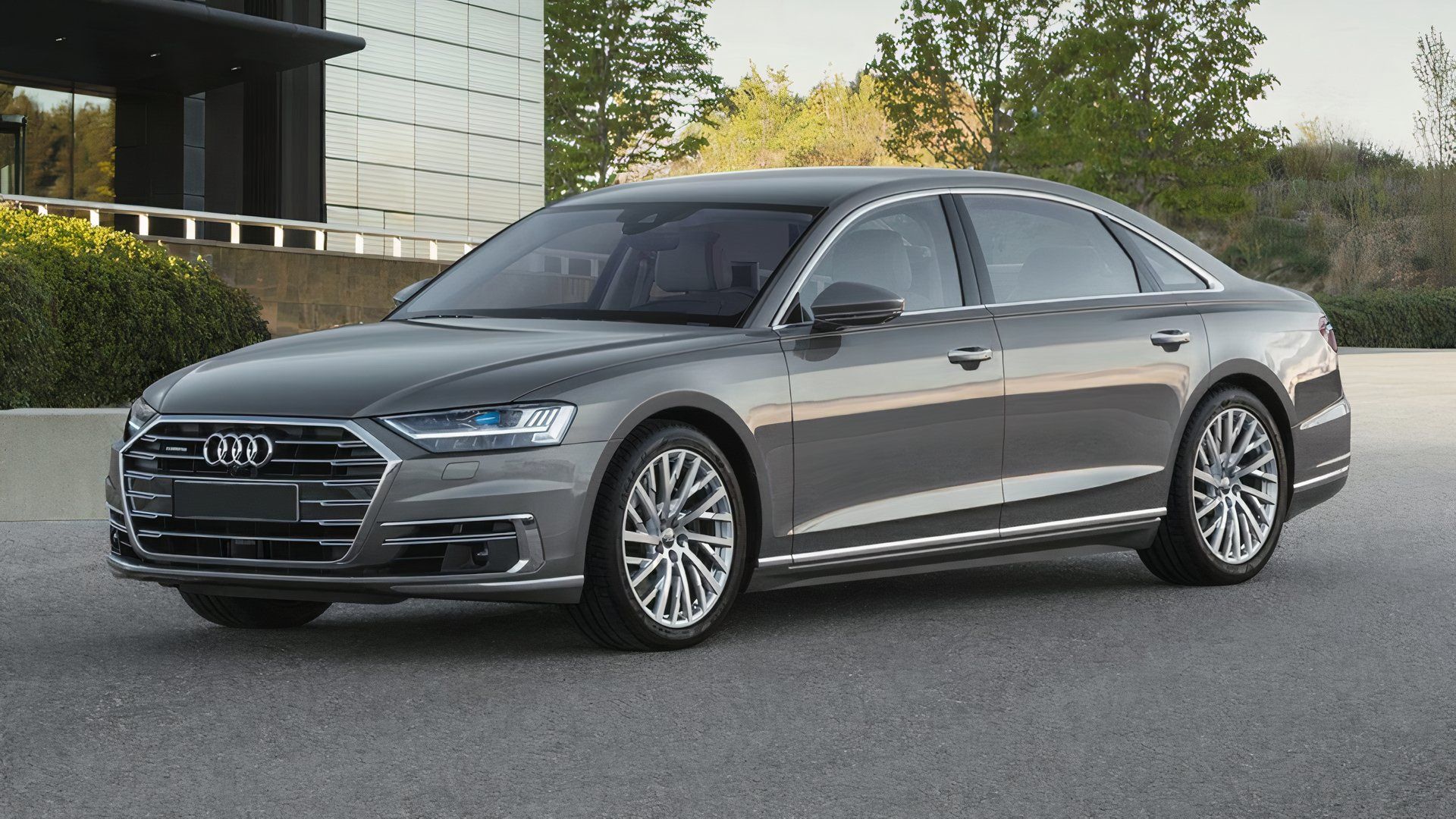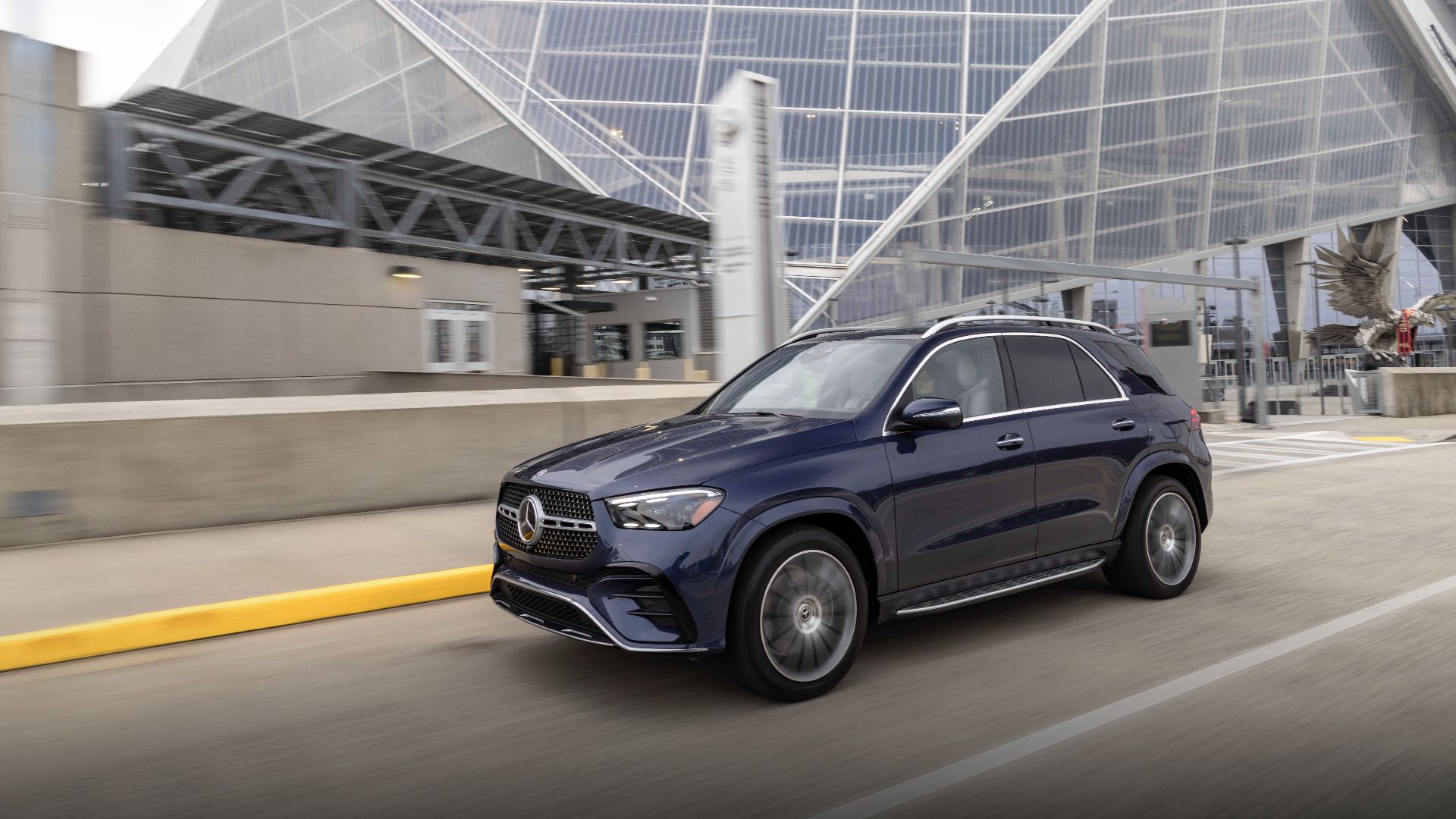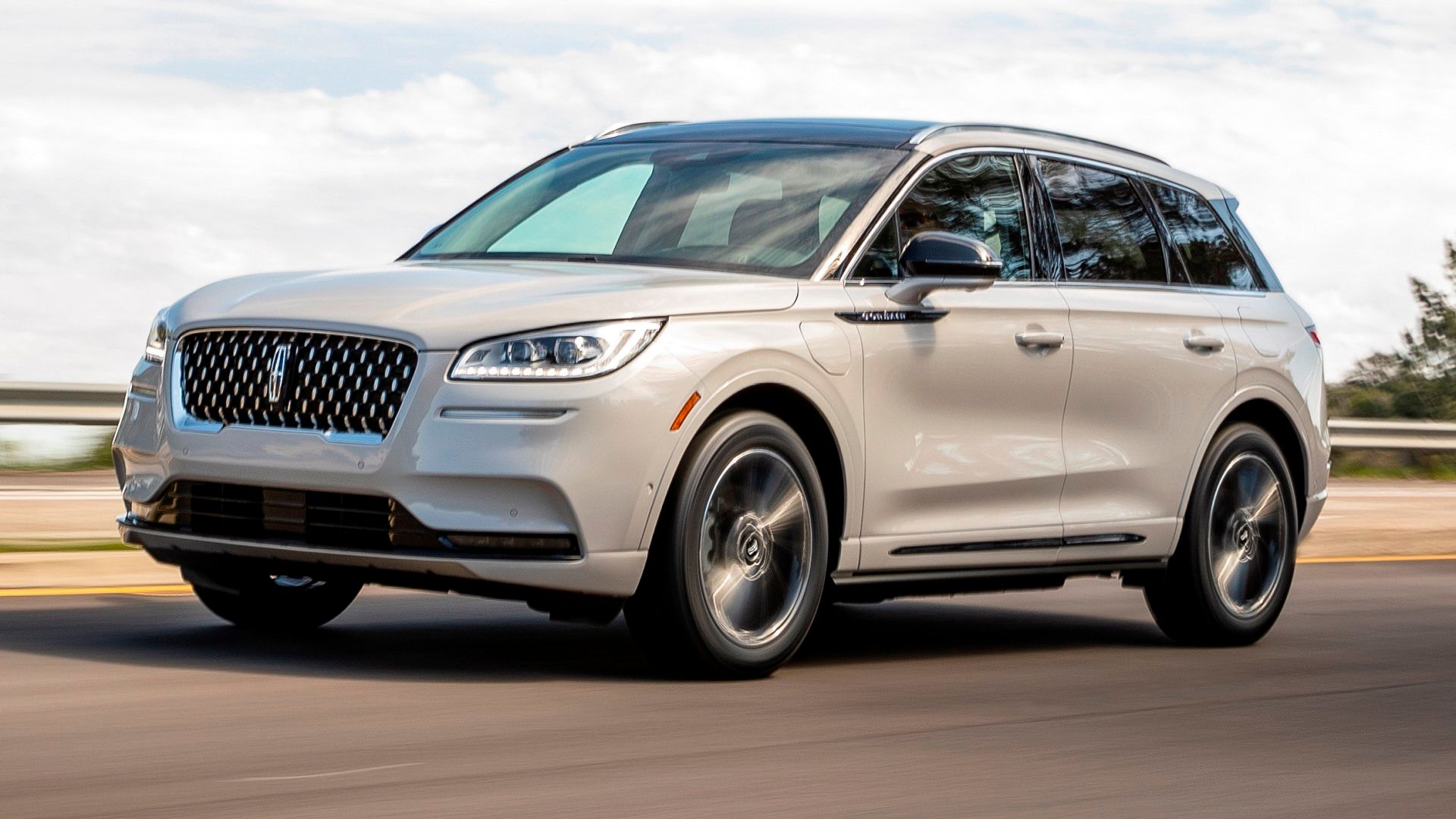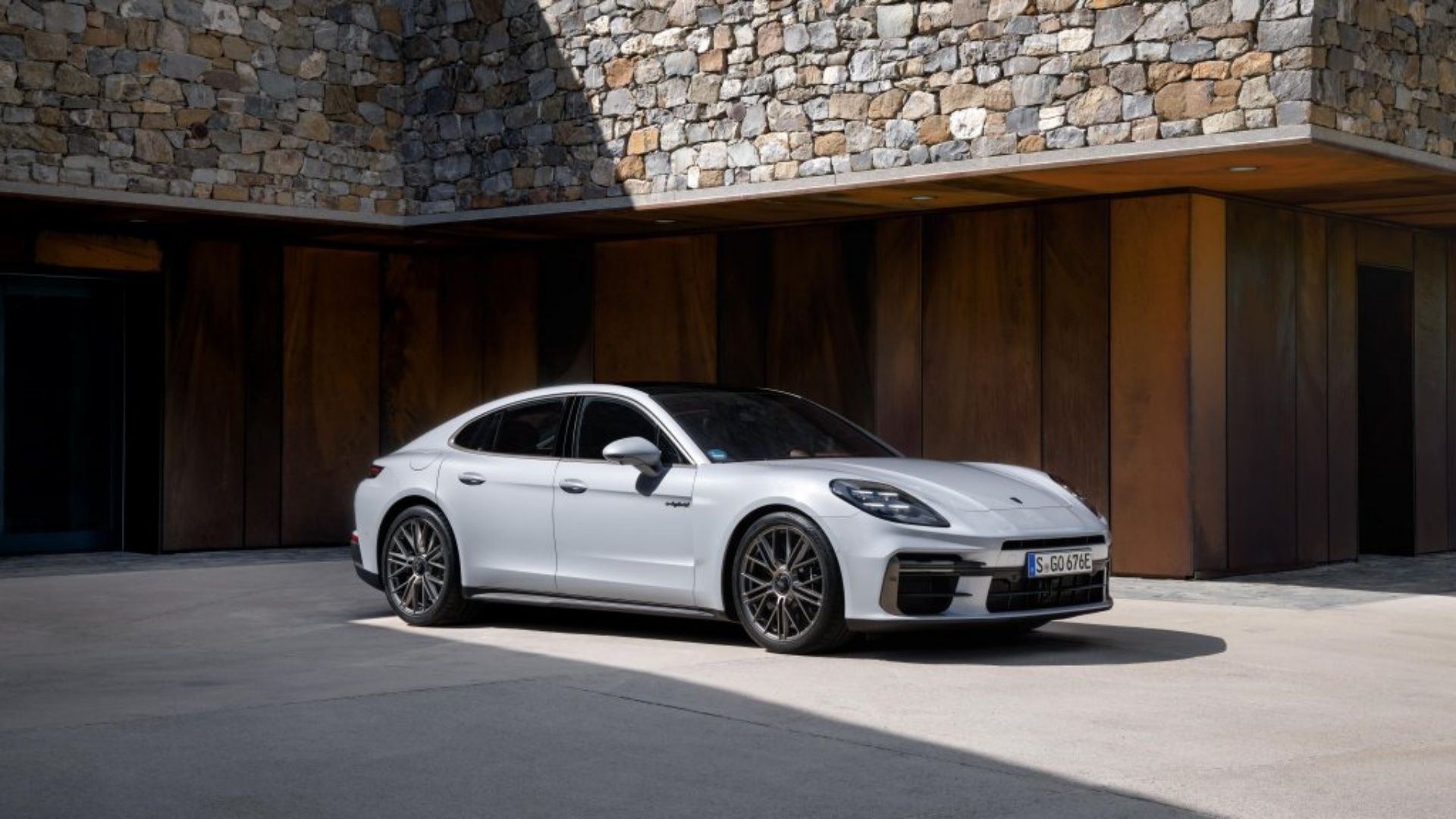Hybrid power is constantly evolving and advancing, as the industry experiences fewer limitations to the clean energy initiative with every passing year. The result is more hybrids and more mainstream integration, though that leaves hybrid models that are already making their rounds left to play catch-up in terms of value retention, as the industry moves fast.
In a recent study by George Washington University, analysts found that plug-in hybrid vehicles (and EVs) depreciate faster than gas-powered and non-plug-in hybrid vehicles. This, combined with the usual depreciation factors, leaves PHEVs in a precarious position from an investment standpoint, as some are all but guaranteed to lose you money. Here are 10 such PHEVs that, while not stand-outs in the field of value retention, offer more than most in terms of bang-for-your-buck when discounted.
In order to give you the most up-to-date and accurate information possible, the data used to compile this article was sourced from various manufacturer websites and other authoritative sources, including KBB, CarEdge, iSeeCars, Repairpal, and Consumer Reports. Please note that the models listed are ranked from the highest five-year depreciation to the lowest.
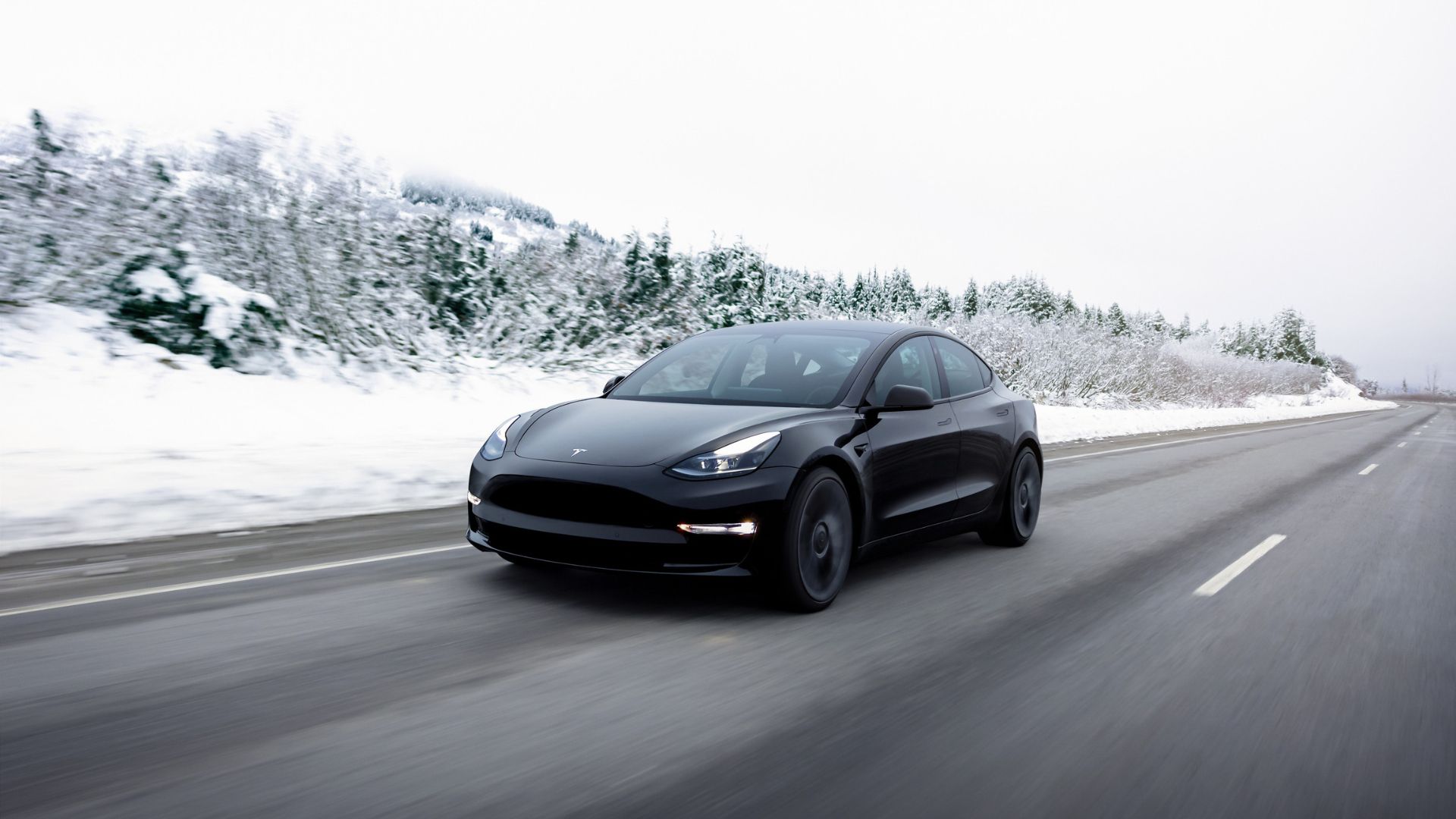
Related
10 Electric Cars That Depreciate The Most After 3 Years Of Ownership
These electric car options aren’t the best at maintaining good values once they hit the used market.
1
Range Rover P550e
5-Year Depreciation: 58-Percent
The Land Rover Range Rover is a prime example of a perfect depreciation storm, so to speak. It has to battle not only the rushed value loss of PHEVs in the current market, but also the historically fast depreciation of luxury/high-end vehicles. A high starting MSRP of around $121,000 leaves a lot of value to be retained. Making matters worse is the high maintenance and repair cost estimates, which are both contributing factors when it comes to risk/reward, as well as overall investment potential.
P550e Performance Specifications
|
Engine |
Turbocharged 3.0-Liter 6-Cylinder w/ Single Motor |
|
Transmission |
8-Speed Auto |
|
Horsepower |
542 |
|
Torque |
590 Lb.-Ft. |
|
Driveline |
AWD |
|
0-60 MPH |
4.7 Seconds |
|
Top Speed |
155 MPH |
|
Towing Capacity |
6,613 Pounds |
|
Payload Capacity |
1,645 Pounds |
The Range Rover P550e comes in three trims: SE, Autobiography, and SV, though no matter which you choose, you’ll be treated like royalty from the start. In terms of cabin refinement and material quality, expect some rich experiences, literally. Standard features at the entry-level include Land Rover’s Terrain Response 2, air suspension, advanced cabin tech and convenience, and heated and ventilated seating for all, and an advanced driver assist and safety suite. While the P550e is still fairly new, you can find numerous examples of low-priced Range Rover PHEVs from 2020 to 2023, ranging from $49,000 to $100,000 on average.
Pros
- Competent off-road capability.
- Advanced tech and quality luxury features.
- Iconic appearance and name garner respect.
Cons
- Expensive starting MSRP.
- Annual maintenance and repair costs aren’t cheap.
2
BMW X5 xDrive50e
5-Year Depreciation: 58-Percent
The BMW X5 xDrive50e is another victim of rapid luxury depreciation, high maintenance, and unimpressive brand reliability records. While the X5 PHEV displays rather promising reliability, BMW, as a brand, doesn’t inspire a lot of confidence in terms of dependability or affordable maintenance. That said, a used X5 xDrive50e wouldn’t be a bad investment – granted you get a proper discount – and will deliver ample sporty road sense and upmarket accommodation.
Performance Specifications
|
Engine |
Turbocharged 6-Cylinder w/ Dual Electric Motors |
|
Transmission |
8-Speed Auto |
|
Horsepower |
483 |
|
Torque |
516 Lb.-Ft. |
|
Driveline |
AWD |
|
0-60 MPH |
4.6 Seconds |
|
Top Speed |
130 MPH |
|
Towing Capacity |
5,952 Pounds |
|
Payload Capacity |
1,323 Pounds |
The BMW X5 xDrive50e manages 40 miles of all-electric driving, with the gas engine giving drivers 22-23 MPG, according to the EPA. Cabin tech, comfort, and convenience are all upmarket, and include wireless device connectivity and charging, a large digital cluster and infotainment display, premium synthetic leather upholstery, and a stacked driver assist and safety suite. You’ll also enjoy BMW’s supple chassis tuning and precision driving engineering, which includes standard adaptive suspension dampers and air suspension.
Pros
- Commendable road ability.
- Upmarket quality and style.
- Premium cabin tech and convenience are standard.
Cons
- Pricey starting MSRP.
- Maintenance and repairs aren’t cheap.
- BMW reliability isn’t very confidence-inspiring.
3
Volvo XC90 T8
5-Year Depreciation: 57-Percent
The Volvo XC90 Recharge T8 is an elegantly styled ute that happens to be the biggest in the Swedish brand’s stable. Its thoughtful design and bold expressions give it a stately road presence, whilst also displaying a certain level of awareness and personability. That said, it lacks some of the acumen its luxury rivals possess when it comes to upmarket sophistication and poise. Regardless, the XC90 Recharge T8 is a compelling model for those who value advanced safety over high-end driving, though it definitely gets its better recommendations in used form, as the $70,000+ starting MSRP won’t fly with most, even Volvo enthusiasts.
Performance Specifications
|
Engine |
2.0-Liter Inline-4 w/ Single Motor |
|
Transmission |
8-Speed Auto |
|
Horsepower |
455 |
|
Torque |
523 Lb.-Ft. |
|
Driveline |
AWD |
|
0-60 MPH |
5.0 Seconds |
|
Top Speed |
112 MPH |
|
Towing Capacity |
5,000 Pounds |
|
Payload Capacity |
1,210 Pounds |
The 2024 Volvo XC90 Recharge T8 manages an EPA-estimated 33 all-electric miles, and 27 combined when the battery is out of juice. The XC90 T8 is offered in three trim levels: Core, Plus, and Ultimate. Moving up in trims will grant more features and upmarket aspects, though all 2024 models come with genuine leather upholstery, Google-based GPS, a panoramic sunroof, and ample safety features – both active and passive. Advanced features include wood interior, a heated steering wheel, heated and ventilated seating for all, and more.
Pros
- Solid safety records.
- Clean appearance inside and out.
Cons
- High starting MSRP.
- Lackluster brand reliability.
- Higher-than-average maintenance costs and repair severity.
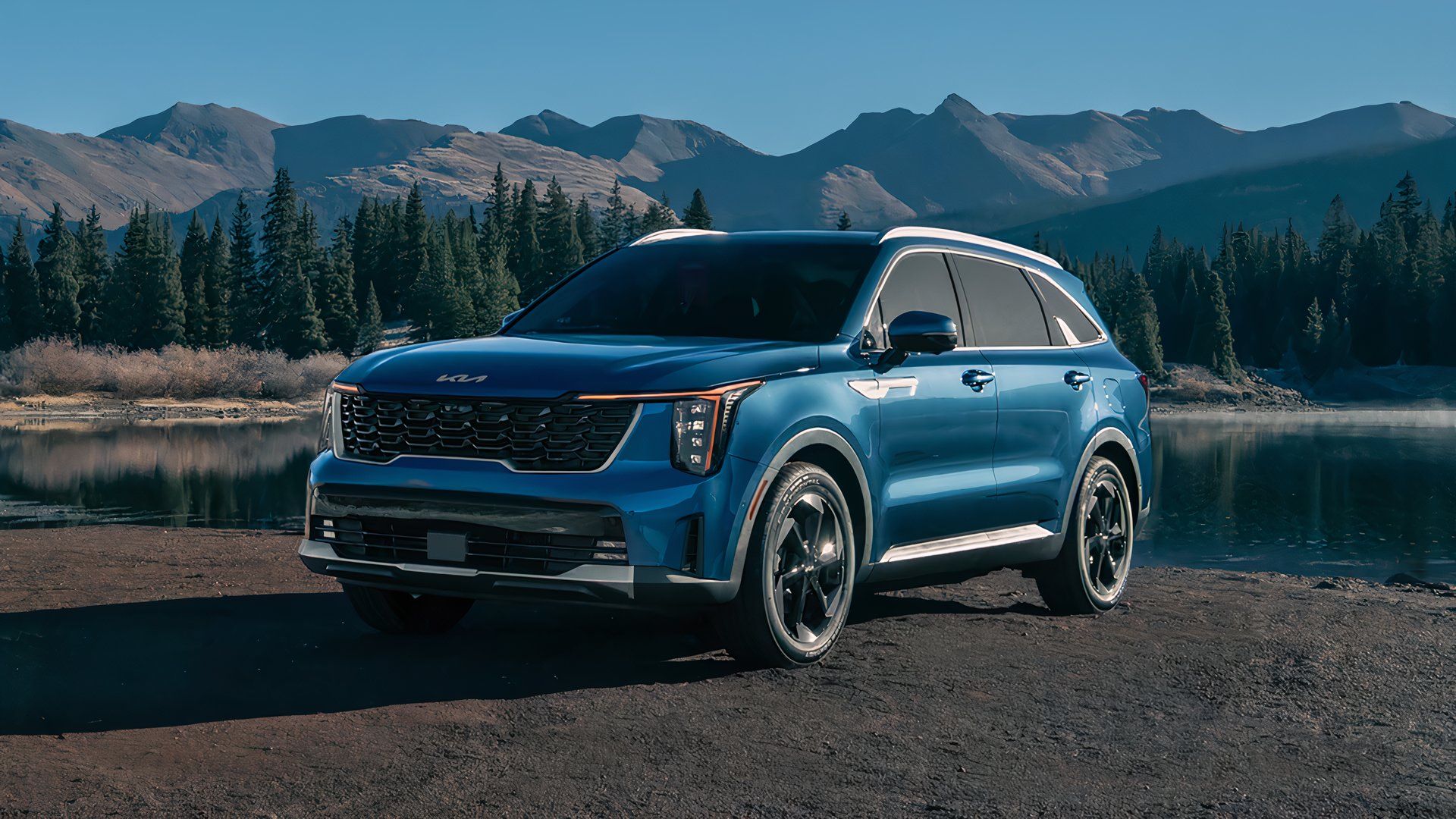
Related
5 Hybrids That Hold Their Value After 3 Years (And, 5 That Depreciate Faster)
Depreciation in vehicles can be a blessing for some of us and a curse for others; these hybrids represent the best and worst at holding their value.
4
Mercedes-Benz GLC 350e
5-Year Depreciation: 57-Percent
Mercedes-Benz is a world-renowned luxury brand and the GLC 350e is a versatile ute with enough class to make anyone feel like they’ve ‘made it’ in life. The starting MSRP of $61,050 is a tad lower than the previous models we’ve discussed, though that doesn’t save it from the other luxury depreciation factors, like expensive maintenance and iffy reliability records. Overall, the spunky GLC 350e is compelling for those who don’t require a ton of cargo space, and enjoy athletic daily practicality.
Performance Specifications
|
Engine |
Turbocharged 2.0-Liter 4-Cylinder w/ Single Motor |
|
Transmission |
9-Speed Auto |
|
Horsepower |
313 |
|
Torque |
406 LB.-Ft. |
|
Driveline |
AWD |
|
0-60 MPH |
6.2 Seconds |
|
Top Speed |
130 MPH |
|
Towing Capacity |
4,409 Pounds |
|
Payload Capacity |
440 Pounds |
The 2025 MB GLC 350e manages an EPA-estimated 54 miles of all-electric range, with an impressive 64 MPGe. Cabin appointments are high-quality and tech is contemporary, with standard features including wireless device connectivity and charging, large interior screens, leather upholstery, self-leveling rear suspension, and a healthy suite of driver assist and safety features. One can expect top-shelf luxury and driving experiences from the GLC 350e, though don’t expect to get your investment back come time to trade up.
Pros
- Refined luxury and quality throughout.
- Competent road ability.
- Versatile charging and range figures.
Cons
- Mercedes maintenance costs and reliability records aren’t the best.
- Cargo space is limited.
5
BMW 330e
5-Year Depreciation: 56.2-Percent
The BMW 3 Series is an iconic line of spunky compact sports sedans that has long embodied the true essence of luxury sports cars. The plug-in hybrid variant, the 330e, is a sleek compact sedan that delivers some refined road manners and crisp cornering, as well as enthusiastic acceleration thanks to the seamless electric assistance. All that said, reliability isn’t BMW’s strongest suit, and neither is affordable maintenance. Thankfully, the BMW 3 Series is one of the more affordable Bimmers, and the 330e is the most reliable German PHEV, which means it can be had for a superb bargain on the used market.
Performance Specifications
|
Engine |
Turbocharged 2.0-Liter 4-Cylinder w/ Single Motor |
|
Transmission |
8-Speed Auto |
|
Horsepower |
288 |
|
Torque |
310 Lb.-Ft. |
|
Driveline |
RWD or AWD |
|
0-60 MPH |
5.6 Seconds |
|
Top Speed |
143 MPH |
The BMW 330e manages an EPA-estimated 22 miles of all-electric range, with combined MPG when the gas engine takes over. Cabin features remain up to the Bavarian brand’s high standards, which include three-zone auto climate control, power-adjustable front sport seats, supple synthetic leather upholstery, wireless smartphone connectivity, a large curved digital cluster and infotainment display, and more. Buyers can also splurge on upgrade packages that can drastically change the 330e’s identity, including the M Sport package and Driving Assistance Professional package.
Pros
- Relatively affordable MSRP.
- Available packages allow for ample customization.
- Standard quality and refinement are undeniable.
Cons
- BMW reliability and maintenance costs can be a pain.
- Best features are locked behind a paywall.
- Competitive competition can easily outshine the 330e.

Add TopSpeed to your Google News feed.
6
Audi A8 L 60 TFSI e
5-Year Depreciation: 55-Percent
The Audi A8 L 60 TFSI e is a sleek sports sedan with a sophisticated swagger that oozes from every corner. Audi’s Quattro AWD system provides ample control and precision handling ability, while the hybrid-assisted engine is fairly quick and efficient compared to the non-hybrid A8 models. Audi experiences the same level of luxury depreciation as BMW and Mercedes-Benz, and its reliability records don’t help the value loss over time. That said, many used models are more than half the original MSRP, which was around $95,000 when new.
Performance Specifications
|
Engine |
Turbocharged 3.0-Liter 6-Cylinder w/ Single Motor |
|
Transmission |
8-Speed Auto |
|
Horsepower |
443 |
|
Torque |
516 Lb.-Ft. |
|
Driveline |
AWD |
|
0-60 MPH |
4.9 Seconds |
|
Top Speed |
155 MPH |
The 2021 A8 L 60 TFSI e manages an EPA-estimated 18 miles of all-electric range, and 23 combined MPG. Cabin features and aspects display the same level of sophistication in style as the exterior, and include wireless device charging and connectivity, Audi’s virtual cockpit digital cluster, heated and ventilated seats, a 360-degree camera, and more. A slew of options can quickly spruce up the cabin and convenience, though with a reliability record such as its own, we wouldn’t suggest pouring more money than you have to into the A8 L TFSI e. In short, approach with caution, and ALWAYS seek a professional opinion before buying.
Pros
- Stately Euro swagger.
- Competent road ability and precision handling.
- Huge discounts on the used market.
Cons
- Reliability is not great, according to owner reviews.
- Maintenance and repairs are also of frequent concern among owners.
- Expect low-ball offers come time to trade up.
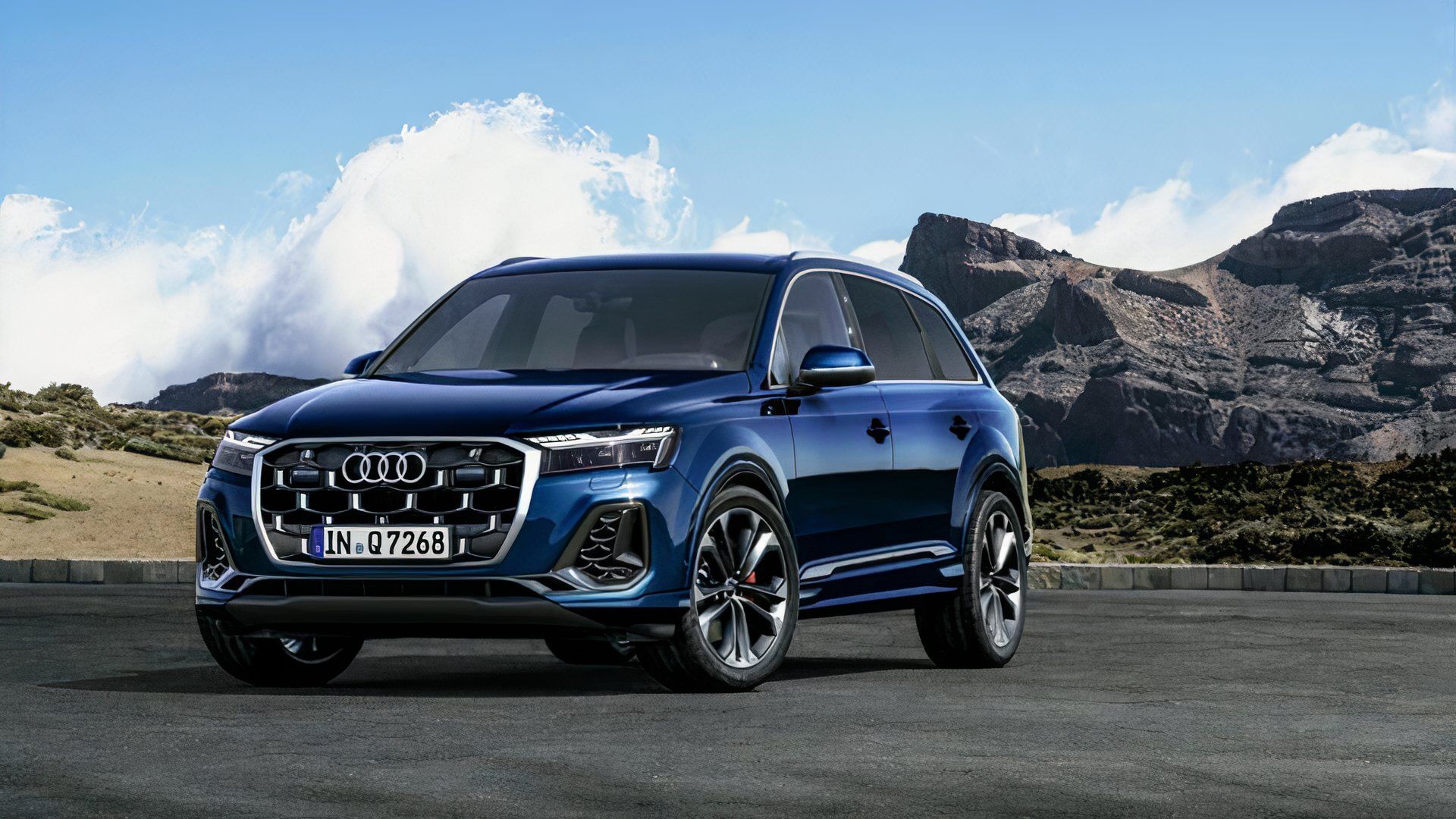
Related
10 German SUVs That Depreciate The Most After 5 Years Of Ownership
These upmarket utes deliver a premium experience, though they struggle to retain their value.
7
Bentley Bentayga
5-Year Depreciation: 55-Percent
Bentley is a name synonymous with the finer things in life, and rightfully so. The Bentayga is a handsome SUV with a slew of quality features and convenience that are included with every trim. That said, all that iconography and posh convenience comes at a hefty premium. A starting MSRP of over $200,000 makes it a prime candidate for rapid depreciation. Even more so with the state of PHEV and EV value retention at this time. Still, the level of success and statement the Bentayga makes allows it to hold enough value to remain relatively exclusive, even when used.
Performance Specifications
|
Engine |
Turbocharged 3.0-Liter V-6 w/ Single Motor |
|
Transmission |
8-Speed Auto |
|
Horsepower |
456 |
|
Torque |
516 Lb.-Ft. |
|
Driveline |
AWD |
|
0-60 MPH |
5.1 Seconds |
|
Top Speed |
158 MPH |
|
Towing Capacity |
N/A |
|
Payload Capacity |
N/A |
The Bentayga PHEV manages an EPA-estimated 23 miles of all-electric range, with a combined gas MPG of 20. Standard features are high-quality, and include adaptive air suspension, full leather and synthetic suede upholstery, wireless device charging and connectivity, four-zone auto climate control, GPS, and a slew of standard driver assist and safety features. Those looking to cash in on a used Bentley will still need a fair amount of cash on hand, as not only will you be shelling out a premium for a good-conditioned used model, but the cost-to-own will itch long after the initial burn.
Pros
- Impressive luxury accommodations are standard.
- Iconic brand garners respect in any weather.
- Impressive road performance, with commendable off-road utility.
Cons
- Expensive to buy and to own.
- Cheaper luxury models rival the offering and have better reliability.
8
Mercedes-Benz GLE 450e 4Matic
5-Year Depreciation: 55-Percent
The Mercedes GLE 450e is a mid-size luxury ute that slots between the smaller GLC and three-row GLS. Unfortunately, it suffers from the familiar luxury depreciation thanks to the $70,000+ starting MSRP, lackluster reliability, and expensive maintenance and repairs. That said, the 450e is a well-equipped ute that delivers some exciting performance and driver engagement – as well as little utility and practicality.
Performance Specifications
|
Engine |
Turbocharged 2.0-Liter 4-Cylinder w/ Single Motor |
|
Transmission |
9-Speed Auto |
|
Horsepower |
381 |
|
Torque |
479 Lb.-Ft. |
|
Driveline |
AWD |
|
0-60 MPH |
5.8 Seconds |
|
Top Speed |
130 MPH |
|
Towing Capacity |
7,700 Pounds |
|
Payload Capacity |
1,601 Pounds |
The EPA estimates the Mercedes-Benz GLE 450e can drive 49 miles on electric power only, though Edmunds got nearly 60 miles out of their long-term test model, which is no doubt impressive. Standard features include a power liftgate, MB-Tex (synth leather) upholstery, a large digital cluster and infotainment display, wireless device charging and connectivity, and a stacked driver assist and safety suite. Available options can make the 450e more posh, if you can believe it, like with the Pinnacle Trim package, which adds a heads-up display, rapid-heating front seats, upgraded front seats with ventilation and massage, and more. Buyers can also choose third-row seating.
Pros
- Ample options for customization.
- Upmarket style and sophistication are standard.
- Commendable road performance.
Cons
- High MSRP.
- Expensive maintenance and repairs.
- Brand reliability record isn’t impressive.
9
Lincoln Corsair Grand Touring
5-Year Depreciation: 54-Percent
The Lincoln Corsair is another relatively affordable luxury PHEV with a handsome appearance and a distinguished, yet American attitude. Based on the Ford Escape, the Corsair isn’t flush for interior volume, though it’s well-equipped and comfortable nonetheless. That said, Ford models aren’t the poster children for value retention; a more expensive Ford doesn’t do much better. Still, maintenance and repair severity are lower than the national average for luxury SUV models, so at least you won’t go broke trying to keep it running.
Performance Specifications
|
Engine |
2.5-Liter Inline-4 w/ Dual Motors |
|
Transmission |
CVT |
|
Horsepower |
266 |
|
Torque |
Not Published |
|
Driveline |
AWD |
|
0-60 MPH |
7.0 Seconds |
|
Top Speed |
130 MPH |
|
Towing Capacity |
3,000 Pounds |
|
Payload Capacity |
Not Published |
The 2024 Lincoln Corsair Grand Touring manages an EPA-estimated 27 all-electric miles before switching over to gas power, wherein it manages 33 combined MPG. The Grand Touring model is the top trim of the Corsair line, and includes such features as adaptive suspension, leather upholstery, ambient lighting, a large digital cluster and infotainment display, smartphone connectivity, and a slew of standard driver assist and safety functions. Those looking to rival a foreign luxury ute can option upgrade packages, like the Collection II and Collection III bundles, which include features such as a wireless device charger, ventilated seats, Lincoln BlueCruise, a heads-up display, and a 14-speaker Revel sound system, to name a few.
Pros
- Relatively affordable new, even more so when used.
- Well-equipped PHEV model is the top trim.
- Maintenance costs and repair severity are lower than the national average for luxury SUVs.
Cons
- Ford/Lincoln still doesn’t have the best reliability record.
- Foreign rivals’ performance and quality are more refined.
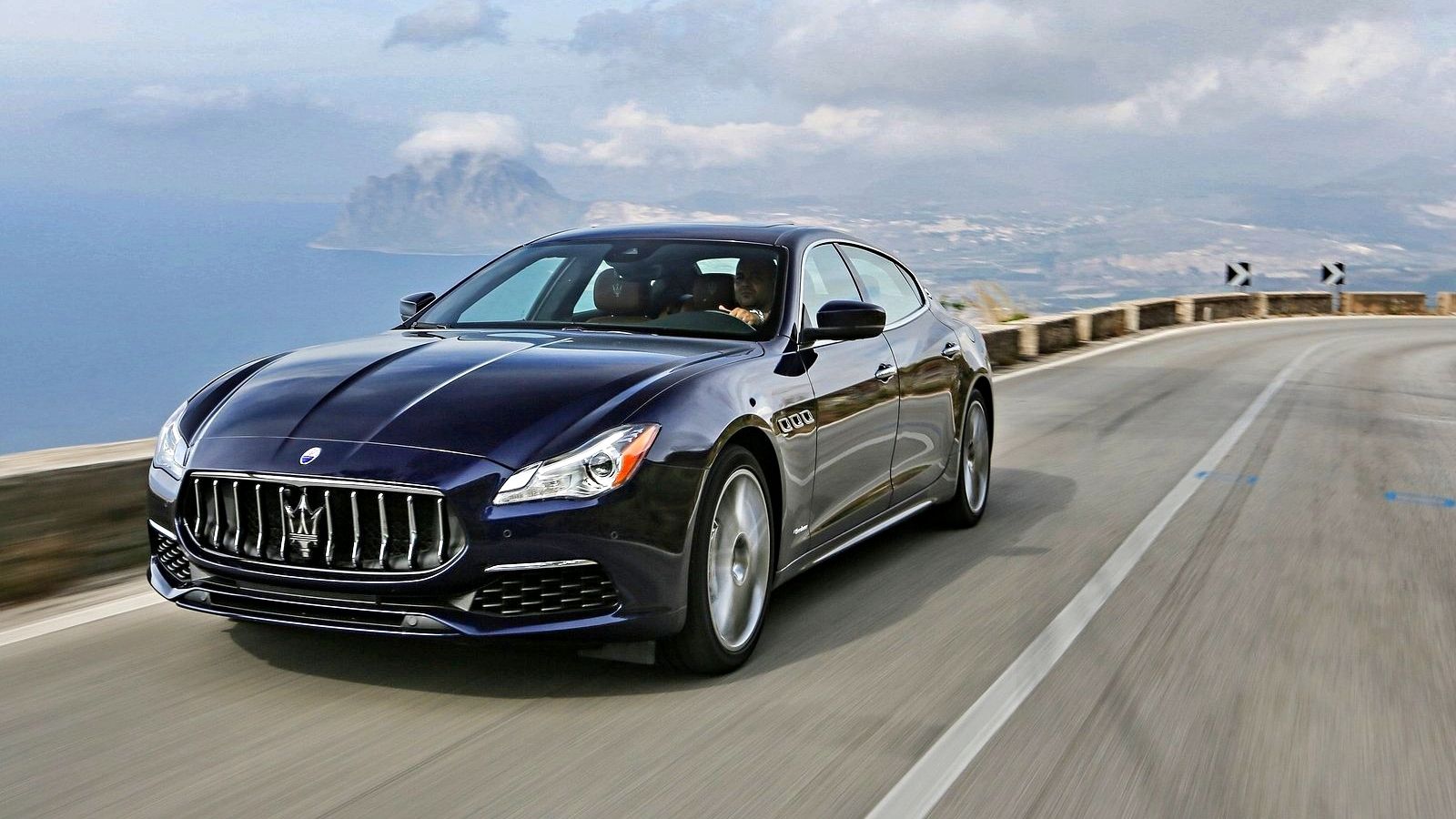
Related
Slightly Used High-Performance Cars That You Can Get Crazy Cheap Thanks To Insane Depreciation
Can used high-perfomrance cars bring great value after just a short period on the market? Depreciation can be your friend if you’re buying used!
10
Porsche Panamera 4/4S E-Hybrid
5-Year Depreciation: 54-Percent
While often touted as the pinnacle of road performance, Porsche often sees low depreciation for their intense sports coupes. Moving over to their non-coupe offering shows that the Porsche buyers keeping the brand’s value retention high are primarily drawn to the sports coupe, not the sedan, hatchback, or wagon styles.
The Porsche Panamera E-Hybrid models excel on the road thanks to Porsche’s superb chassis tuning and performance engineering prowess, as well as the electric assist’s added horsepower. Unfortunately, a high starting MSRP and jarring maintenance costs/cost-to-own projections are enough to make buyers say “F— that!” and spring for a non-hybrid Porsche that will last longer and depreciate less.
Performance Specifications
|
Engine |
Turbocharged 2.9-Liter 6-Cylinder w/ Single Motor |
|
Transmission |
8-Speed Auto |
|
Horsepower |
455–552 |
|
Torque |
516–553 Lb.-Ft. |
|
Driveline |
AWD |
|
0-60 MPH |
3.7–4.2 Seconds |
|
Top Speed |
185–202 MPH |
An EPA-estimated 19 all-electric miles helps folks scoot around town without drinking any fuel, though if you really want to get down in the E-Hybrid, you’re looking at 22 combined MPG after the battery is tapped. Standard features are posh and sporty, as with most Porsche models, and include leather upholstery, heated front seats, wireless device connectivity and charging, a large digital cluster and infotainment display, and a few standard driver assist and safety features. The E-Hybrid models also come with the Sport Chrono Package to track performance and upgraded brakes (4S).
Pros
- Porsche’s legendary tuning and drive dynamics are standard.
- Upmarket features and tech are standard.
- Multiple body styles and customization options.
Cons
- High starting MSRP.
- Long-term cost-to-own (maintenance and repairs) won’t be cheap.
- Doesn’t age as well as most Porsche models.
